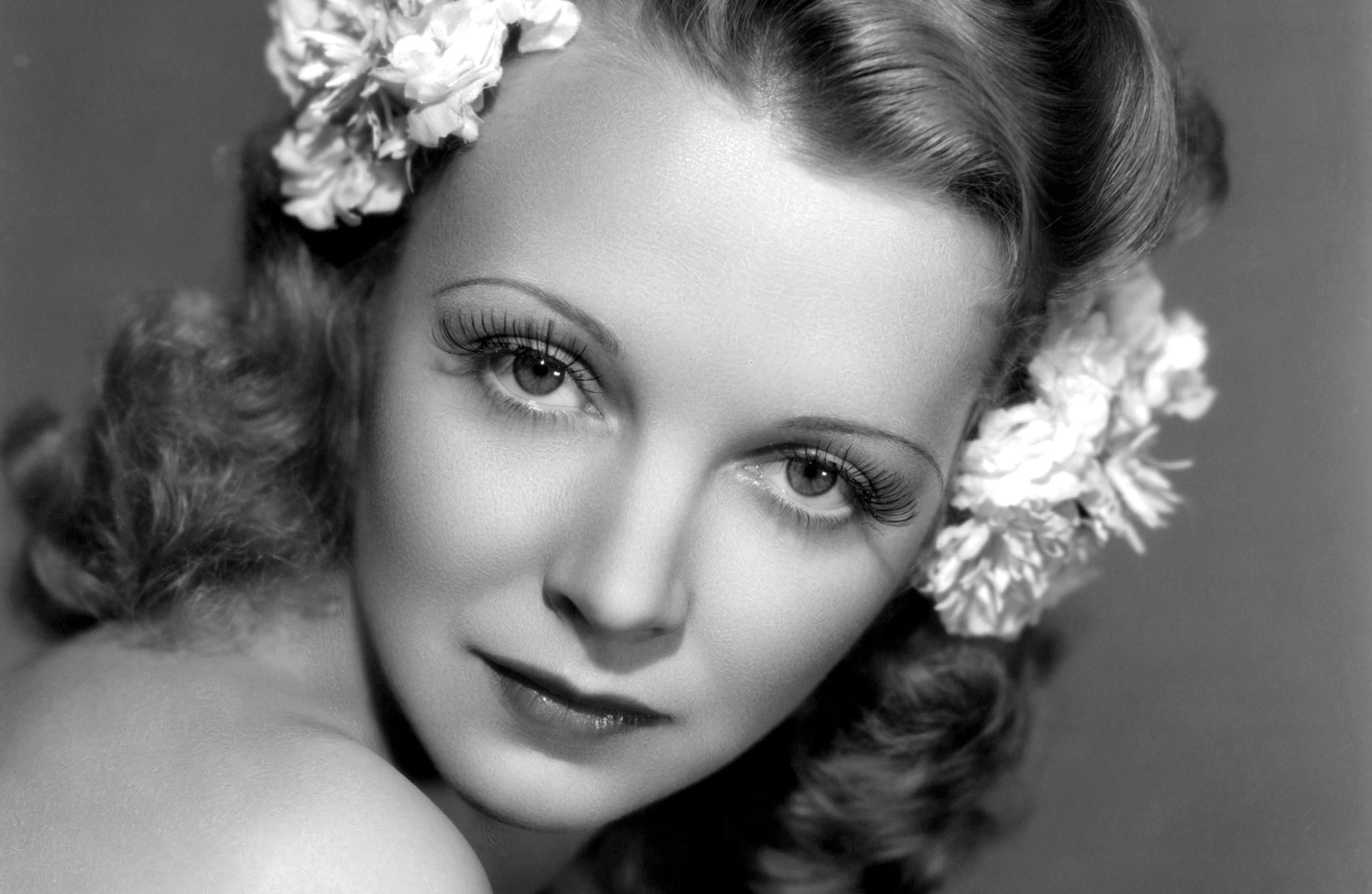Virginia Bruce

About
Biography
Filmography
Family & Companions
Biography
Virginia Bruce was a pretty, dreamy-eyed blonde with a vibrant soprano who seemed poised for major stardom yet never quite reached those heights, possibly because of a turbulent personal life. Her chief distinctions were playing the archetypal chorus girl in The Great Ziegfeld (1936), introducing Cole Porter?s ?I?ve Got You Under My Skin? in Born to Dance (1936) and, in real life, becoming the fourth and final wife of silent-screen matinee idol John Gilbert. In addition to Gilbert she appeared onscreen with such leading men as James Stewart, Robert Taylor, James Cagney, Robert Montgomery and William Powell.
Bruce was born Helen Virginia Briggs in 1910 in Minneapolis, Minn. She moved with her family to Los Angeles, planning on attending the University of California but finding film work instead. She began in movies as an extra in 1929 and received her first screen credit in Slightly Scarlet (1930). In 1930 alone she performed in 10 more films, and in 1931 mixed Broadway appearances with her screen work. She became one of the 20 original ?Goldwyn Girls,? a musical stock company employed by Samuel Goldwyn to appear in musical films of the early ?30s.
It was while filming Downstairs (1932) at MGM that Bruce met John Gilbert, the star of the movie, and married him. Gilbert?s career had suffered from the advent of silent films, and he was struggling with alcoholism. The couple was divorced in 1934 after having a daughter, Susan Ann. (Gilbert died in 1936, at only 38.) Also at MGM, Bruce acted opposite Walter Huston in Kongo (1932), a well-received remake of the 1928 West of Zanzibar. At Monogram Pictures she was the first actress to play the title role in a sound version of Jane Eyre (1934), and for United Artists she played singer Jenny Lind to Wallace Beery?s impresario P.T. Barnum in The Mighty Barnum (1934).
Bruce?s banner year of 1936 at MGM with Born to Dance and The Great Ziegfeld was also the beginning of her downfall at the studio because Irving Thalberg, the young and dynamic producer who had been her mentor, died that autumn. It was said that studio head Louis B. Mayer had despised John Gilbert and transferred some of those feelings to his former wife. At any rate, Bruce?s roles began to diminish in such films as The Bad Man of Brimstone (1937), a Western in which she supported Beery, the film?s star. That movie introduced Bruce to her second husband, director J. Walter Ruben, and they remained a couple until his death in 1942. Bruce?s son by Ruben, Christopher, was born in 1941.
Bruce provides romantic interest for Melvyn Douglas in the title role in Arsène Lupin Returns and for Fredric March in There Goes My Heart (both 1938). Things looked up a bit in the patriotic musical Western Let Freedom Ring (1939), with Bruce playing opposite Nelson Eddy in a role once meant for Jeanette MacDonald; but she shares only a couple of songs, leaving Eddy to dominate. Bruce moved to Warner Bros. for Society Lawyer (1939) and Flight Angels (1940), but these were ?B? pictures that did little to restore her diminishing career.
In 1946 she married Turkish film writer Ali Ipar; they divorced in 1951, remarried in 1952 and divorced again in 1964. Bruce remained active in minor film roles and, later, on television through the 1940s and ?50s. On TV she landed an occasional plum such as the title role in Mildred Pierce on ?Lux Video Theater? in 1956. Her final big-screen appearance, after having made only one other movie in 26 years, was a bizarre one ? Andy Warhol?s Madame Wang?s (1981), in which she plays punk-club owner Madame Wang. She died in 1982 in Woodland Hills, Calif. Author Scott O?Brien details her personal struggles in his 2008 biography Virginia Bruce ? Under My Skin.
Filmography
Cast (Feature Film)
Music (Special)
Cast (Short)
Life Events
Photo Collections
Videos
Movie Clip











Companions












